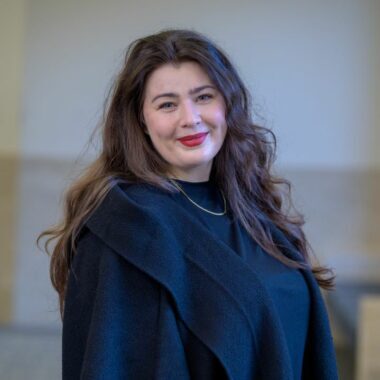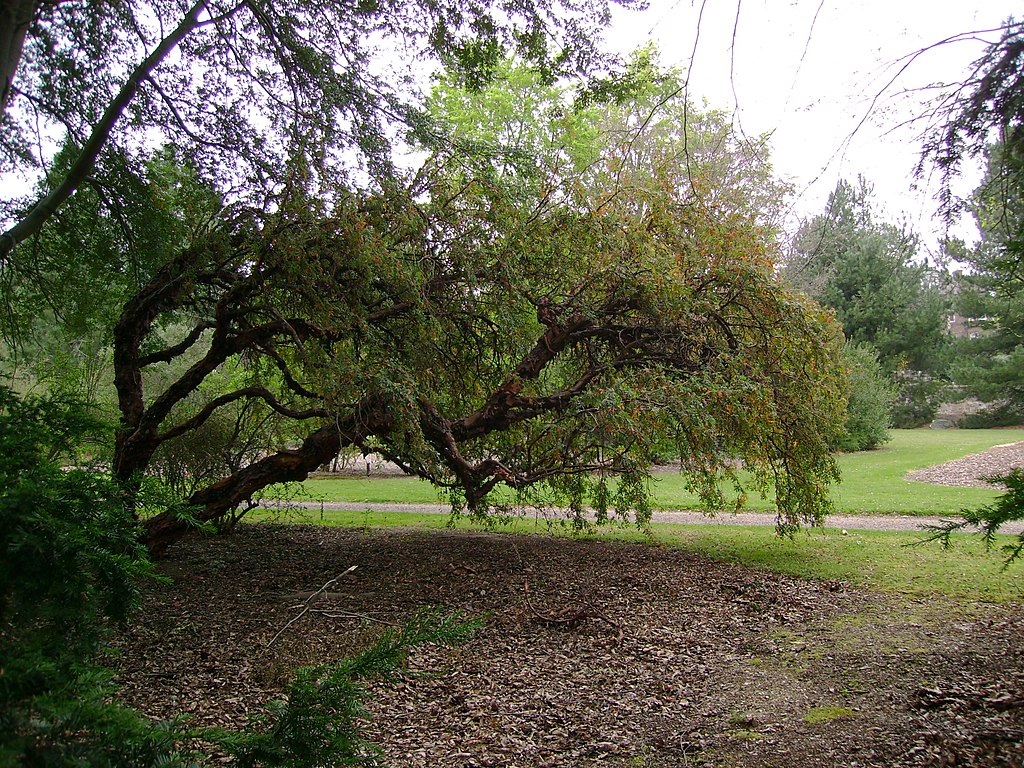
Lydia Murphy, Rights in Action Development OfficerThe Poverty Alliance
The Poverty Alliance has been working alongside the Environmental Rights Centre Scotland, Nourish Scotland, CEMVO Scotland and the University of Glasgow to explore how people from Black, Asian and Minority Ethnic groups in Scotland experience their human right to a healthy environment. Early this year the Environmental Rights Centre Scotland published a joint report from this work, along with a video made alongside community partners, who worked with us to co-produce a roundtable event to share the findings of the work.
In July 2022, the United Nations General Assembly declared access to a clean, healthy and sustainable environment as a universal human right. This human right has six substantive features: clean air; a safe climate; access to clean water; healthy and sustainably produced food; non-toxic environments in which to live, work, study and play; healthy biodiversity and ecosystems.
In August of 2024, 36 participants from Black, Asian and Minority Ethnic groups came together to discuss their experiences of the right to a healthy environment, with a focus on access to greenspace and access to sustainable food.
Access to Greenspace
Most participants really valued their greenspace, used it often and found it to have a positive impact on their mental health. However, there were notable exceptions, particularly for the Gypsy/Traveller community. One community member highlighted that their site had no access to greenspace on residential sites, beyond a landfill site which had had grass placed over it. There were also examples of participants from other communities experiencing racism and microaggressions which prevented them from using their greenspace as much as they would like to. Participants who had experiences of discrimination and anti-social behavior, spoke about how this had prevented them from using parks more often and how they missed the benefits for their health and wellbeing.
“It affects your mental health, when you spend time outside you feel a freshness. When you are at home, or in a hotel you feel alone. A park makes you feel better. Those who have green close to their home are lucky”
“Very scared of recent events of hate and discrimination. For the last month scared to go to the park…get looks from different people”.
Additional barriers to accessing greenspace included considerable fear of dogs, maintenance issues in parks, lack of lighting, lack of information, a lack of understanding of the “the culture of using parks” and lack of amenities, particularly toilets.
Attendees spent time discussing what could improve things. People identified a whole host of solutions including; receiving clear information from housing associations on the location of local parks, information that it is free and open to everyone and the “cultural rules” of how to use a park; parks having ‘simple infographics’ showing toilets and exits to overcome language barriers; ‘nature sensitive’ lighting on pathways to tackle issues of safety; ‘park confidence’ group sessions, similar to cycling confidence sessions (including how to respond to dogs and unruly behaviour).
Access to Healthy Sustainably Produced Food
Healthy food was widely associated with home-cooked meals, fresh vegetables, and variety—especially protein and veg. Many avoided processed, deep-fried, or GMO foods. However, cultural identity played a major role, with some linking healthy food to traditional dishes, spices, and shared meals. Participants stressed the importance of food origin and production, expressing distrust in supermarket labels like "natural" or "healthy."
“I want all the nutrients, fruits, balanced, should be tasty, influenced by culture, enjoyable food, sharing that plate with other people”
Participants spoke candidly about the impact of rising costs, limited access to fresh produce, and reliance on reduced-price sections or food banks—where healthy options were scarce. Those trying to maintain traditional diets faced added barriers, with culturally familiar ingredients often being unaffordable or hard to find. Many expressed worry for their children’s nutrition and the loss of connection to food quality and sourcing, something they valued deeply in their countries of origin.
“My greatest challenge is vegetables. I miss buying cheap vegetables”
Following the lived experience workshops 22 participants said they would like to continue to be involved in the project and were invited to two follow-up meetings. The meetings were attended by 12 participants who agreed to be the project’s community partners and co-produce a roundtable event. On 27 November 2024, an online roundtable was held and was attended by 21 people from public health, greenspace, environmental, local authority and funding sectors. The aim was to hear more from the community partners and consider how to use their expertise and recommendations to improve access to healthy food and greenspaces.
The report details the findings from the workshops, and the discussions from the roundtable.


Enter your email address to receive regular e-updates about our work. If at any time you want to stop receiving these, simply contact us. We’ll keep your details safe and won’t share them with any other organisations for their marketing purposes. For full details see our Privacy Policy.